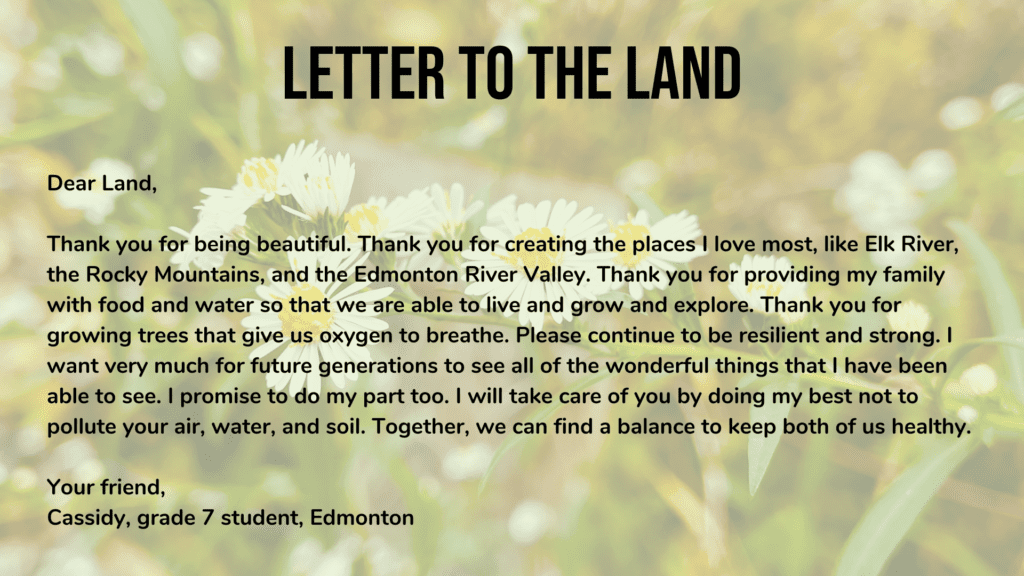Earth Day: A Time to Reflect; A Time to Act
Written by Tracey Coutts, Ever Active Schools
Welcome Earth Day!
“Earth Day is an annual celebration that…raises awareness of the need to protect Earth’s natural resources for future generations.” (National Geographic, Education: Earth Day, 2024). The first Earth Day was held on April 22, 1970; today, Earth Day is celebrated on either April 22 or the day of the spring equinox. For school communities across Alberta, it is a day to reflect on how human behaviour impacts the planet. In the world of active school travel, that reflection narrows to our transportation choices as we ask the question: what opportunities do we have to travel more actively and sustainably in our day-to-day lives? After all, choosing to walk and wheel more often is an act of resource conservation and one that boasts a plethora of additional health, learning, air quality, economic, safety, and community-building benefits.
April 22, 2024, marks the launch of Earth Day as an official Active School Travel event day in Alberta, a collaborative effort between Ever Active Schools and Shape Alberta, with funding support from Alberta EcoTrust. Event days such as this shine a light on alternative travel modes and build excitement for walking and wheeling as a form of transportation. In past years, school community engagement in “unofficial” Earth Day Walk and Wheel to School events has garnered as much as 88% support. For Alberta schools that are constantly confronted with congested roads during drop off and pick up times, mode shifts such as this help to illustrate what is possible when school communities get on board with active travel.
This inaugural event is not limited to school communities, however. All Albertans are invited to register for the event and plan their own impactful Earth Day initiatives. Ultimately, we want to normalize walking and wheeling as transportation options and foster a culture of active transportation. By doing so, we open the door to an abundance of rewards.
The Air We Share
As part of the School Travel Planning process, the evidence-based approach used by Ever Active Schools to facilitate Active School Travel projects, students support the collection of baseline and follow-up data, which includes student travel surveys, school site audits, traffic counts, and traffic observations. During traffic observations, many student teams identify motorists arriving well before the dismissal bell – in some cases, up to an hour – and parking on roads adjacent to the school site which, as more and more motorists arrive, creates a congested area. Exacerbating this, many motorists leave their vehicles running which increases rates of greenhouse gasses, such as carbon dioxide, and particulate matter that contribute to poorer air quality at the school site and climate change.
To help us better understand the environmental impacts of our transportation choices and behaviours, Inside Education’s Clean Air Responsible Schools program (CARS) and local air sheds provide expertise in air health. These organizations can support air quality assessments at school sites and provide educational programs and resources to help students understand the correlation between transportation and air quality. Student teams can then share this information with the broader school community to encourage a reduction in the practices of vehicle congestion and excessive idling.
Once informed, many student teams see the importance of advocating for “Idle Free” school zones. They understand that the whole school community benefits when vehicle idling rates are reduced or avoided. Advocacy initiatives may be specific to one school site or broader to include all schools in a municipality. Fortunately, educators can refer to the City of Edmonton’s Be Idle Free bylaw to inform students about emission reduction strategies on a larger scale.
When combined, air quality assessments, education, and advocacy are climate actions that students can champion to influence positive behaviour change.
Climate Actions for Students
Children and youth are inundated with news of the impacts of climate change, so much so that, in some, it leads to climate anxiety. Teachers can help students cope by helping them find practical solutions to combat the effects of climate change. However, before that work begins, finding ways to connect students to the Earth is important. After all, why would children and youth make efforts to protect something to which they feel no connection? Some great activities to foster this connection include having students write gratitude letters to the land (example below) or engage in mindful walking.
As that connection evolves, students become more willing to consider solutions. One climate action that more students and families should consider is choosing active and more sustainable (school busing, carpooling, and municipal transit) travel modes for trips to and from school. Yes, it’s easy to say this, but challenging to put into practice; it involves behaviour change and that takes time and effort. Shayla Jaques, a teacher champion with the Calgary Board of Education, developed the Active Transportation Planning tool to help her grade 5 students better understand the health benefits of walking to school. Students were first tasked with counting and averaging their steps over a 20-metre distance. Their next tasks involved using Math skills to calculate step totals for a 100-metre distance and, finally, the distance between their home and the school. Students quickly understood that steps add up and that walking could help them achieve their daily physical activity goals (while doing something wonderful for the planet). Initiatives such as this are easy to replicate in classrooms across Alberta.
Earth Day prompts many teachers to organize schoolyard and community clean-ups with their students. This is a great activity in and of itself; however, more learning layers can always be added. Planning a safe walking route and pedestrian safety skills are essential when your clean-up adventure takes you beyond the school fence. Once the clean-up has ended, consider performing a litter assessment: empty the contents of one of your bags on a tarp or blanket and analyze what’s there. Single-use cups? Packaging from snack bags? What themes are prevalent? Such findings can lead to rich solutions-based classroom discussions which can help young people to make better, more informed choices for the planet.
Tie Your Shoelace. Change is here.
Whether we’re ready or not, our planet is changing. As humans, we need to accept the consequences of our actions – that the intense effects of climate change are partly the product of our choices and behaviours. That said, really great people doing really great things to mitigate these impacts brings hope. In the wise words of Mr. Fred Rogers, “When I was a boy and I would see scary things in the news, my mother would say to me, ‘Look for the helpers. You will always find people who are helping.’” So, look for the helpers. Listen to them. Become one. Who knows? The Earth may write its very own gratitude letter back to you.





This is a wonderful article. Thank you for posting it and for all the work being done with our schools. I love the great ideas and options to address this important concern.
Awesome letter by Ms Cassidy from grade 7!!